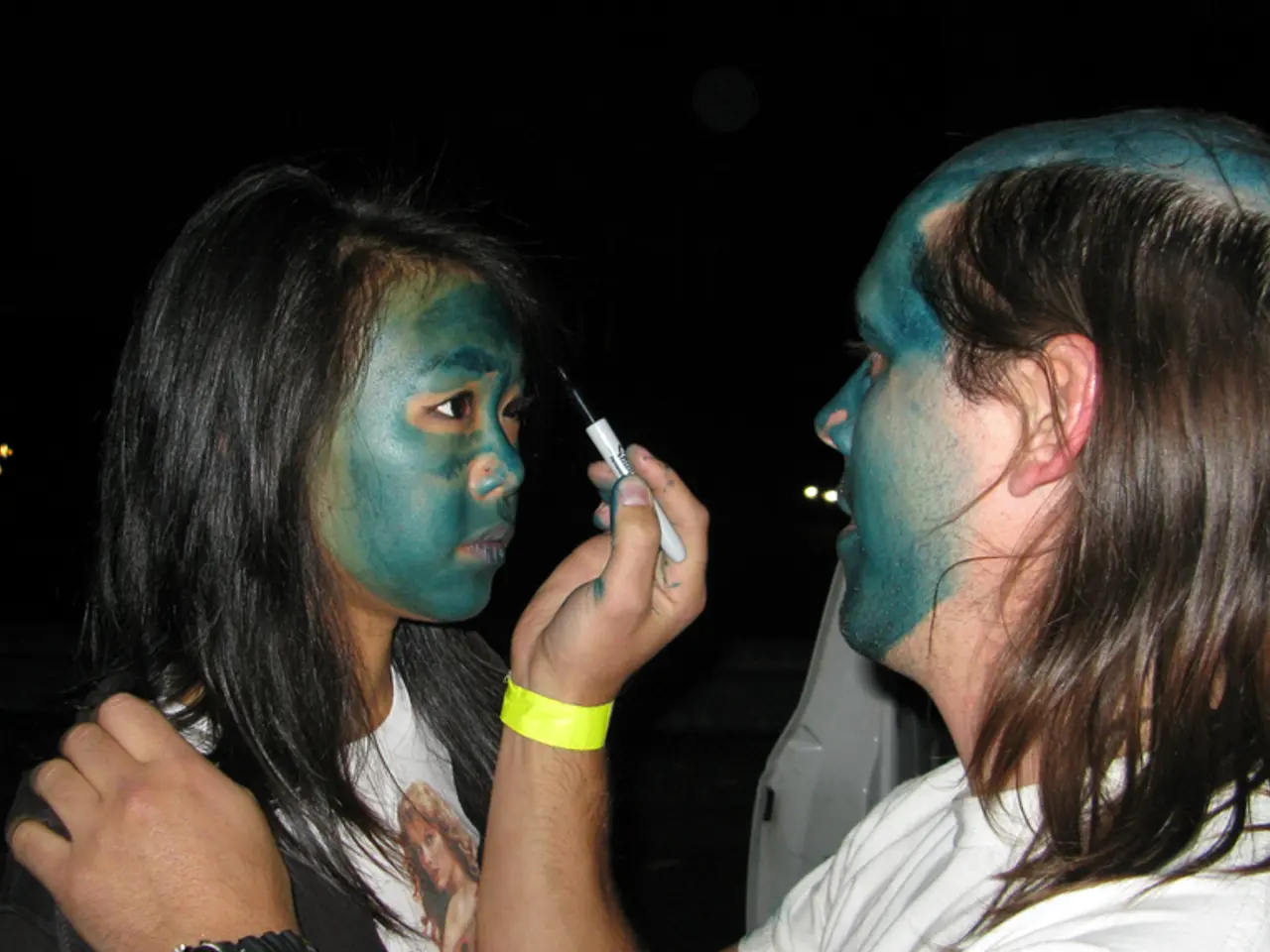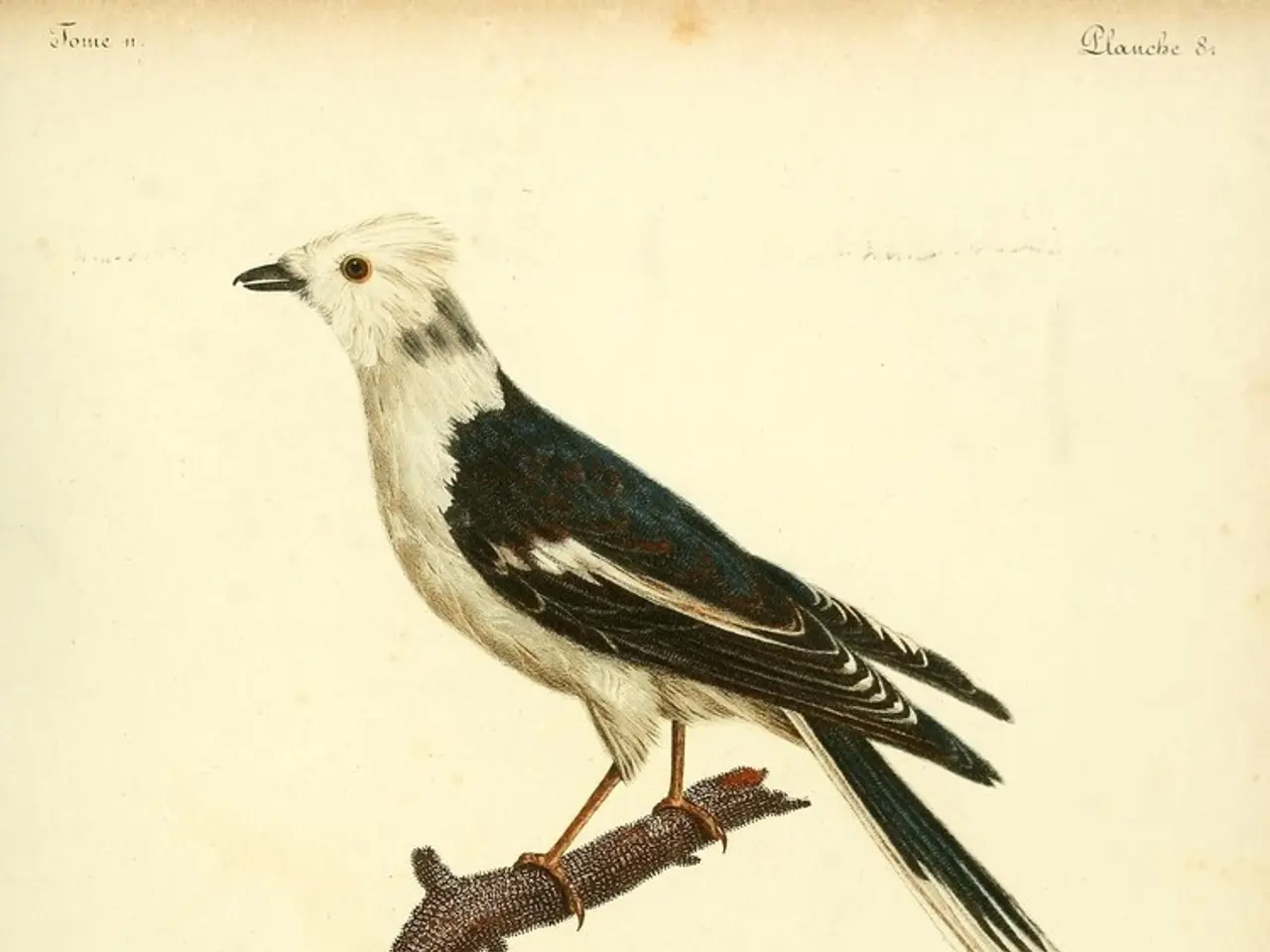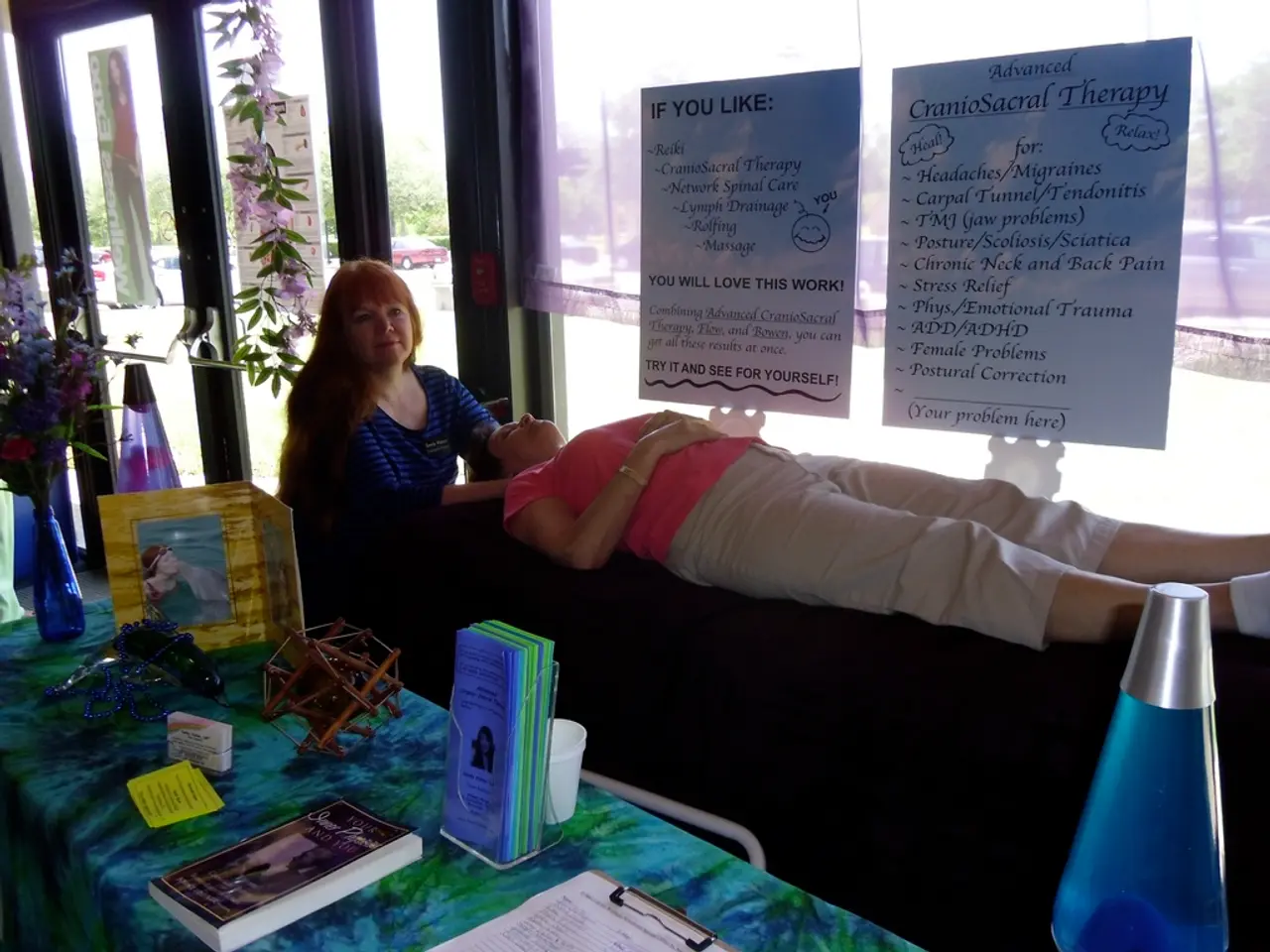Unveiling the Misconception: The Myth of Left-Handed Creativity Exposed
In a groundbreaking study, researchers at Cornell University, led by Daniel Casasanto, have challenged the long-held belief that left-handed individuals are more creative than their right-handed counterparts. The research, published in the Psychonomic Bulletin & Review under the title "Handedness and creativity: Facts and fictions," provides a comprehensive review of the available empirical evidence on the subject.
The persistence of the myth that left-handed people are more creative can be attributed to several intertwined factors. Notable left-handed creatives, such as Vincent van Gogh, Jimi Hendrix, David Bowie, and Lady Gaga, have shaped popular imagination, reinforcing the stereotype in public perception. Historical neuroscientific theories also played a part, as early ideas linked creativity with the right hemisphere of the brain, which tends to be dominant in many left-handed individuals.
However, the researchers found no evidence to support this claim. Some older, smaller studies seemed to show a creativity advantage among left-handers, but these studies have been selectively referenced over time. When larger meta-analyses were conducted, the overall data showed no significant creative advantage for left-handed people. In fact, some evidence indicates that right-handed people may have a slight edge in certain tests of creativity.
The belief in "left-handed exceptionalism," fuelled by the rarity of left-handedness (about 10% of the population), has also contributed to the myth's longevity. This form of exceptionalism, which assumes that rare traits are linked to exceptional abilities, has helped sustain the myth, despite contradictory scientific evidence.
It is important to note that while left-handers are statistically overrepresented in some creative fields like visual arts, music, and creative writing, this trend does not generalize across all creative professions such as architecture or physics. This partial association may have contributed to overgeneralization about creativity at large.
In summary, the myth endures because it is deeply rooted in cultural examples, early scientific ideas, and cognitive biases that favour exceptionalism tied to rarity. However, rigorous and broad scientific reviews show that creativity depends on multiple complex factors and is not significantly linked to handedness alone. The study by Casasanto and his colleagues serves as a case study in statistical cherry-picking, highlighting the importance of considering a wide range of evidence when forming beliefs about complex phenomena.
- The myth of left-handed individuals being more creative, often linked to the right hemisphere of the brain in neuroscience news, has been challenged by a study in science, showing no significant correlation between handedness and creativity.
- regarding mental health and wellness, the study in psychology published by Daniel Casasanto and his team at Cornell University dispels the long-held belief that left-handed people are more creative, finding no evidence to support this claim.
- Contradicting historical neuroscientific theories, the study found that creativity is not significantly linked to handedness, as right-handed people may have a slight edge in certain tests, according to the research on health-and-wellness and mental-health.
- The persisting belief in left-handed exceptionalism, fueled by rarity and cognitive biases, has contributed to the longevity of the myth, despite growing evidence from science and neuroscience that creativity depends on multiple complex factors.
- While left-handed people are overrepresented in some creative fields like visual arts, music, and creative writing, the myth generalizing creativity at large is a result of statistical cherry-picking, as shown by the study conducted by the team led by Casasanto.




